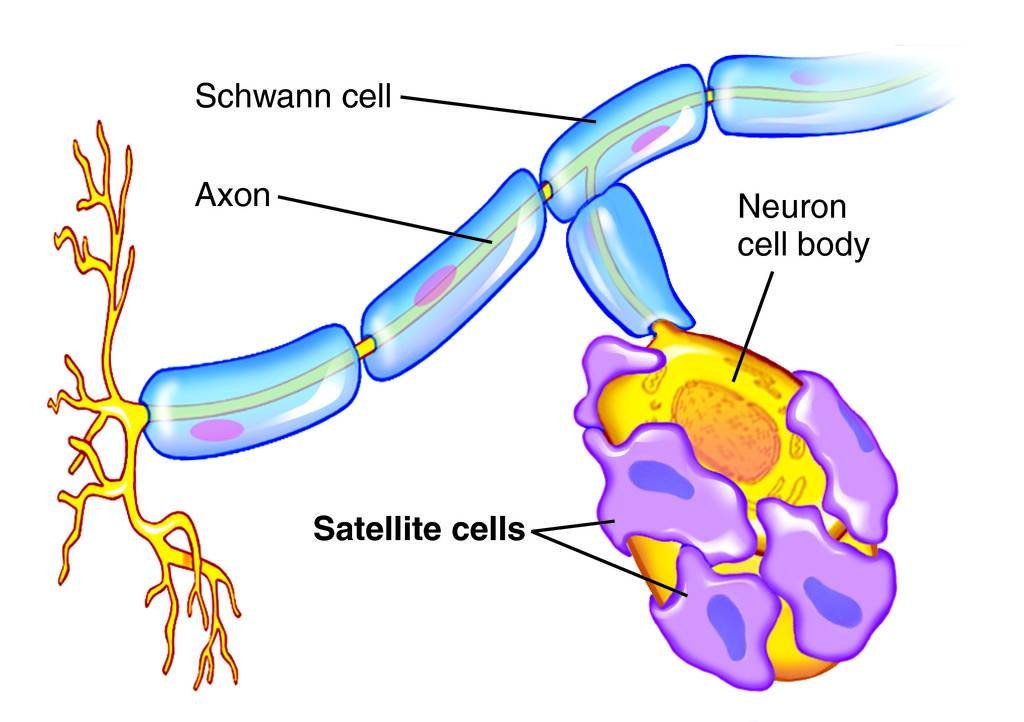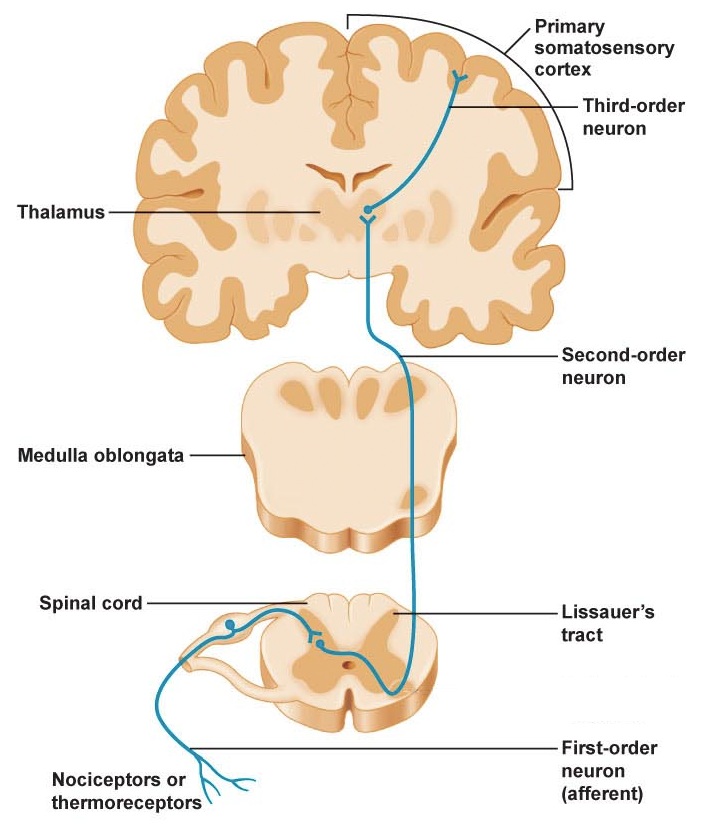Answer: Tactile allodynia is a condition where normal touch sensation is perceived as painful.
Innocuous touch sensory information from the skin is sent into the brain predominantly via the dorsal-column medial-lemniscus tract in the spinal cord. This sensory tract carries somatosensory information such as light touch. In tactile allodynia, these normally harmless sensory inputs may be perceived as painful. Sometimes, it is also referred to as mechanical allodynia.
There are two types of sensations that may trigger mechanical allodynia. The perception of pain accompanying the movement of a stimulus across the skin surface is called dynamic allodynia. On the other hand, the perception of pain after a touch stimulus is applied to the skin that produces pressure on the skin surface is called static allodynia ("Comparison of dynamic (brush) and static (pressure) mechanical allodynia in migraine”).
The symptoms of mechanical allodynia can sometimes be treated with the usual pain management strategies. Opioid drugs such as morphine encourage activation of the central pain inhibition pathway through disinhibition of the periaqueductal gray, producing a decrease in the perception of pain. Another approach is to use a voltage-gated sodium channel inhibitor such as lidocaine. Local application of lidocaine inhibits the propagation of of signals from the skin to the brain, thus blocking the perception of pain.
Allodynia itself is not a disease, but rather a side effect of some kind of nerve damage. Fibromyalgia, the overactivity of certain nerve bundles resulting in bodily pain, may produce allodynia. Postherpetic neuralgia, a change in somatosensation after a bundle of nerve fibers is infected by the herpes virus, can also lead to development of tactile allodynia.
Although it is currently unknown what the exact cause of tactile allodynia is, there are some theories that offer an explanation. One possible explanation suggests that the cells in the spinal cord rewire improperly after an injury, causing the pain information carrying cells to fire action potentials when normal sensory neurons receive inputs (A role for peripheral afferents in the pathophysiology and treatment of at-level neuropathic pain in spinal cord injury? A case report)









